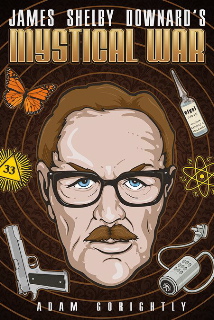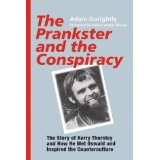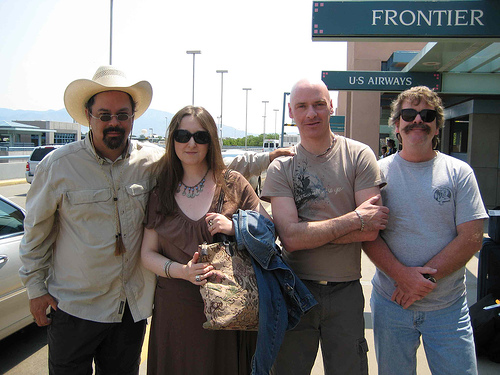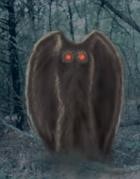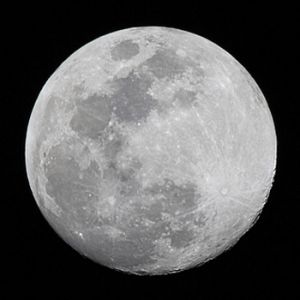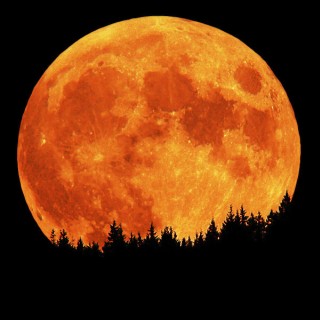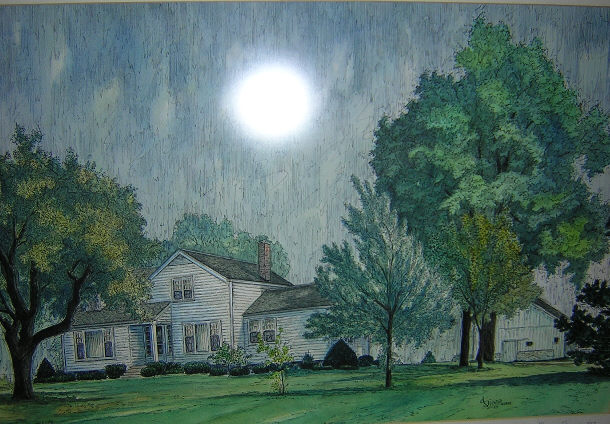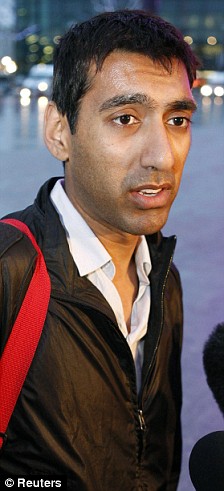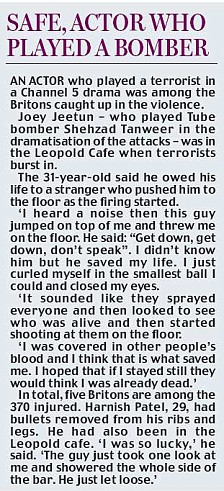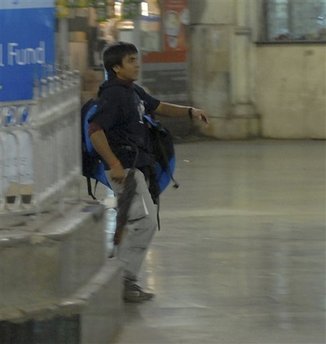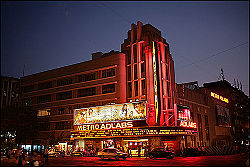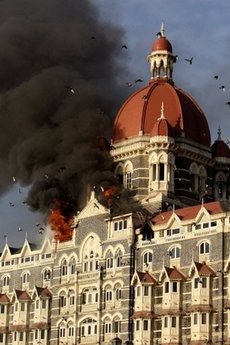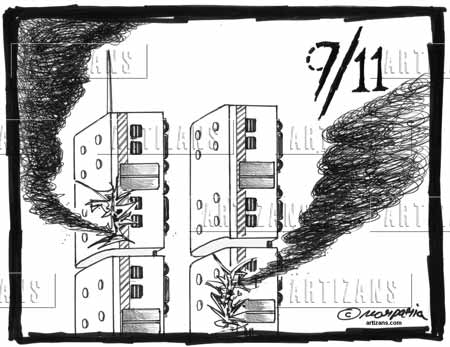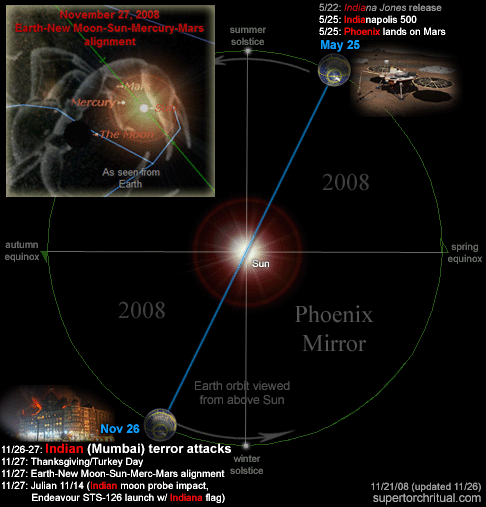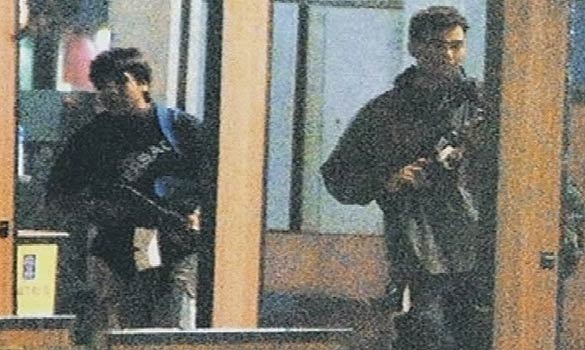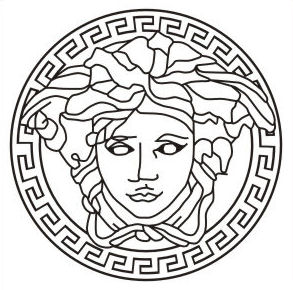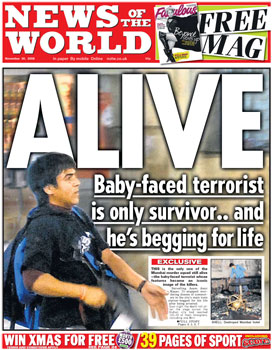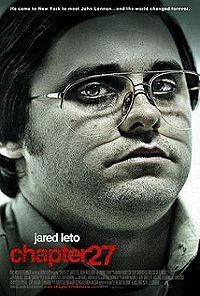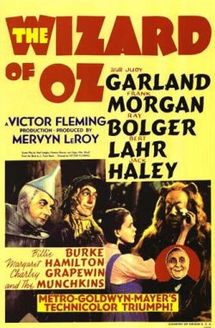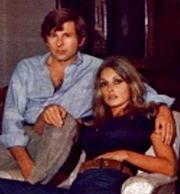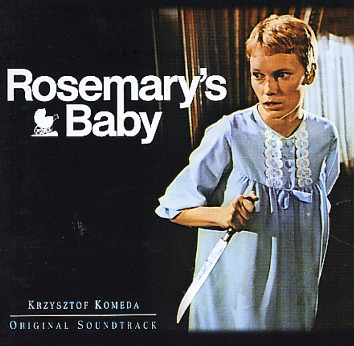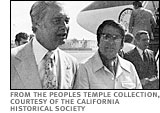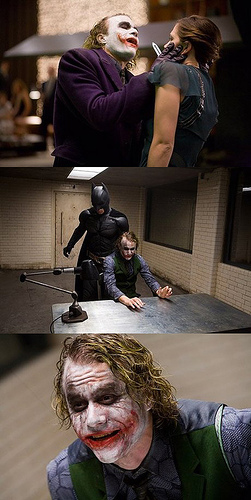
(1.) The Joker Is Dead.

There is no bigger symbolic story for the year than the death of Heath Ledger on January 22, 2008. The actor would appear in The Dark Knight, which opened 07.18.08, in the most significant and iconic evil clown role of the year, The Joker.
(2.) Jokawild Is Decapitated.
On July 30, 2008, Tim McLean, who called himself Jokawild, was beheaded on a Greyhound bus in Alberta, allegedly by Vince Weiguang Li, 40.
The MySpace head shot of the victim McLean is below. This is where he told about how he called himself "Jokawild," had three tattoos, owned an iguana and loved loud music and motorcycles.
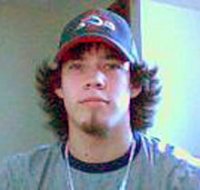
Todd Campbell writing of McLean at Through the Looking Glass revealed the victim was a big fan of Insane Clown Posse. Most fans of Insane Clown Posse call themselves "Juggalos."
[One repeating theme this year is the increasing presence of the Juggalo (male or female) and/or Juggalette (more commonly used for a female) in these incidents. These individuals are members of the fanbase of the Detroit hip hop group Insane Clown Posse and related recording artists at Psychopathic Records.]
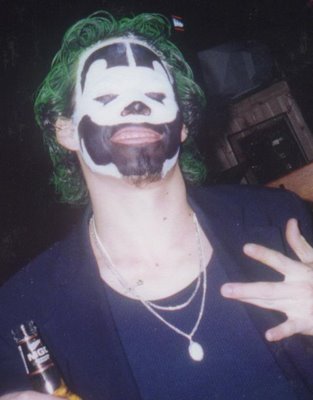
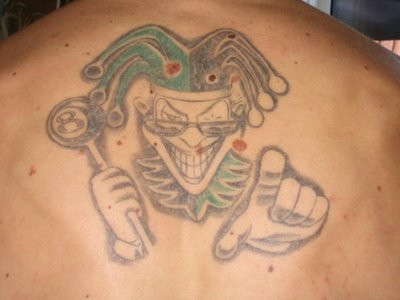
(3.) Slipknot Clown Killer Strikes.
On September 1, 2008, in Johannesburg, Morné Harmse, an 18-year-old pupil in his final year of high school in South Africa allegedly killed a fellow student with a sword and then hacked up three others. Harmse wore a clown mask and carried other masks inspired by the group Slipknot. The killer also spoke in a voice to mimic the Joker in The Dark Knight.
(Not specifically clown-related, but it is worthy of noting that this school event was proceeded by the Valentine's Day, February 14th, 2008, shooting on the campus of Northern Illinois University in DeKalb, Illinois, United States, which left five plus the shooter dead, and wounded eighteen. Steve Kazmierczak came to NIU with his gun in his guitar case, yet another scenario seen in cinema, such as Desparado. Kazmierczak, the dark knight dressed all in black, felt, it appears, he was in a movie. Kazmierczak had on his right arm a tattoo depicting the masked, clown-like character, the Jigsaw Killer, from the horror movie, Saw.)

(4.) Juggalos Attempt A Kidnapping.
On September 9, 2008 in West Valley City, Utah, two men with clown painted faces, identified as Juggalos, were arrested in an attempted kidnapping of a young boy.
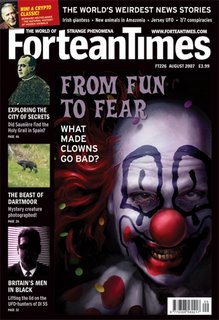
(5.) Phantom Clowns Return.
During mid-October 2008, new sightings of "phantom clowns" in Chicago occurred near Wicker Park, which has a symbolic name linked to New York City's Son of Sam killings of 1976-1977. In the new Illinois incidents, the scary man was seen wearing clown make-up (in one report, with a teardrop on whiteface) and a wig. Allegedly, he used balloons to attempt to lure children into his vehicle (i.e. a white or brown van with the windows broken out) on the South Side. Police issued an alert about a week after a man with a similar description was spotted on the West Side, also trying to snatch kids.

(6.) Juggalos Throw Man Off Bridge.
In Washington state, Joshua Smith was hit on the head with beer bottles, stabbed and thrown off of a bridge. Smith, a Juggalo, was attacked for breaking "gang rules." Smith was attacked by two other Juggalos and a skinhead, who were arrested after the incident. Trench Reynolds on crimene.ws said on November 8, 2008, "Talk all you want about family and carnival but I can’t think of any other music fans that enforce ‘gang rules.’"
(7.) Juggalos Almost Decapitate Teen.
Two 21-year-old men were arrested late in November 2008, by Salt Lake County sheriff's deputies after investigators said they attacked a 17-year-old Kearns youth with a medieval mace. The key to catching the men was their apparent affiliation with Juggalos, as some jewelry they dropped matched a symbol found on the bumper of their car.

During the altercation with the victim, one man stabbed the teen with a knife and the other man struck him with a medieval battle ax type of weapon in the back of his neck, said Salt Lake County Sheriff's Lt. Paul Jaroscak. Doctors needed about 300 stitches to close the wound, he said.
"The detective investigating the case said the ax could have very well have decapitated him," Jaroscak said. The weapon used has also been described as a four-sided "warrior's ax," according to the sheriff's office.

(8.) Juggalos Kill on Olive Branch Lane?
Adolescent Matthew Silliman’s (= “silly + man”) allegedly was killed by his four teen friends in a trailer hangout on Olive Branch Lane, rural New Hill, about 10 miles from Apex, near Raleigh, North Carolina. Silliman disappeared two days before Thanksgiving, and may have been killed a few days later, after being held as a captive. Search warrants noted that before someone used a hammer to beat Silliman, the suspects read him his fate in tarot cards.

The four suspects are (1) Drew Logan (= “megalithic rocking stone”) Shaw, 16, who describes himself as a Juggalo (Insane Clown Posse devotee); (2) Aadil Khan, 17, whose My Space page includes Adolf Hitler's Mein Kampf among his favorite books; (3) Ryan Patrick Hare ("going down the rabbit hole"?), 18; and (4) Allegra Dahlquist, 17, a reportedly suicidal woman whose is a expert equestrian from the exclusive neighborhood near the Prestonwood Country Club.
(9.) Clown City Shooting Kills A Baby.
Miami detectives arrested two teenagers on December 18, 2008, for killing a police dispatcher’s baby, in an apparent gang-related shooting. A masked gunman ran up to a group of men playing dominoes on the porch of their home, and began firing, hitting ten-month-old Derrick Days II who was sitting on his father's lap when he was killed. Pierre Roche, the apparent primary target, an alleged member of a rival gang named Clown City, was also fatally shot.
(10.) Juggalos Fear Spreads

Members of the Juggalos are often seen wearing shirts bearing the Insane Clown Posse's "hatchet man" logo.
Police Detective Calvin Walker was quoted in the Las Vegas Sun of December 23, 2008, as saying, "Not every child wearing those shirts is a gang member. They will tell you 'Mom, I just listen to Insane Clown Posse.' But unfortunately, the Juggalos are a documented gang."
Police estimate there are between 3,000 and 4,000 Juggalos in Utah, and 15 percent of them are associated with criminal activity.
Juggalo vandal activity, likewise, is high in Washington State. For example, late in 2008, in Lynden, Washington, two self-described Juggalo boys, 13 and 14, were convicted of starting the fire (June 9, 2008) that completely destroyed Lynden's historic landmark block-long Delft Square Building. W. H. "Billy" Waples opened his general store there in 1897. [This is not to be confused with the Nieuwe Kerk (English: New Church), a landmark church building in Delft, the Netherlands, located on Delft Market Square. In 1584, William the Silent was entombed in a mausoleum there.]
Special Footnote:

Not to be overlooked, in the ultimate evil twisted clown-like ending to the year of 2008, a costumed man, Bruce Jeffrey Pardo, 45, plotting revenge against his ex-wife, dressed up in a Santa Claus suit, went to his former in-laws' Christmas Eve party and slaughtered nine people. He then burned their house down before killing himself hours later. The Killer Santa killings took place on East Knollcrest Drive, Covina, California. Multiple episodes of the hit television series "Knight Rider" were filmed in Covina, and the city has the largest and busiest movie multiplex in the USA, the AMC 30. The television series "Roswell" was filmed in Covina, at various spots that served as locations for the fictional version of the town of Roswell, New Mexico, the 33° north latitude site of the alleged crash of a UFO and reported finding of alien bodies in 1947.
Top Ten Evil Clown Stories of 2008
© Loren Coleman, 2008
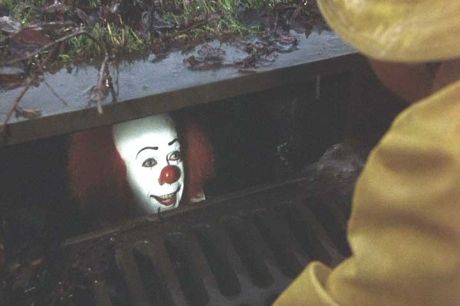
For more on "Phantom Clowns," see Mysterious America (NY: Simon and Schuster, 2006). For more on symbolic criminal behavior, see The Copycat Effect (NY: Simon and Schuster, 2004).


